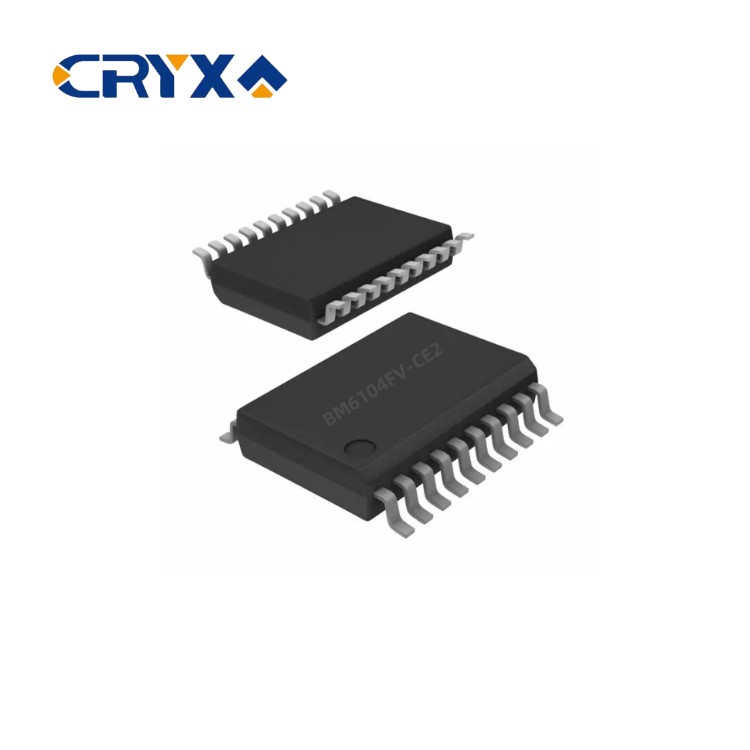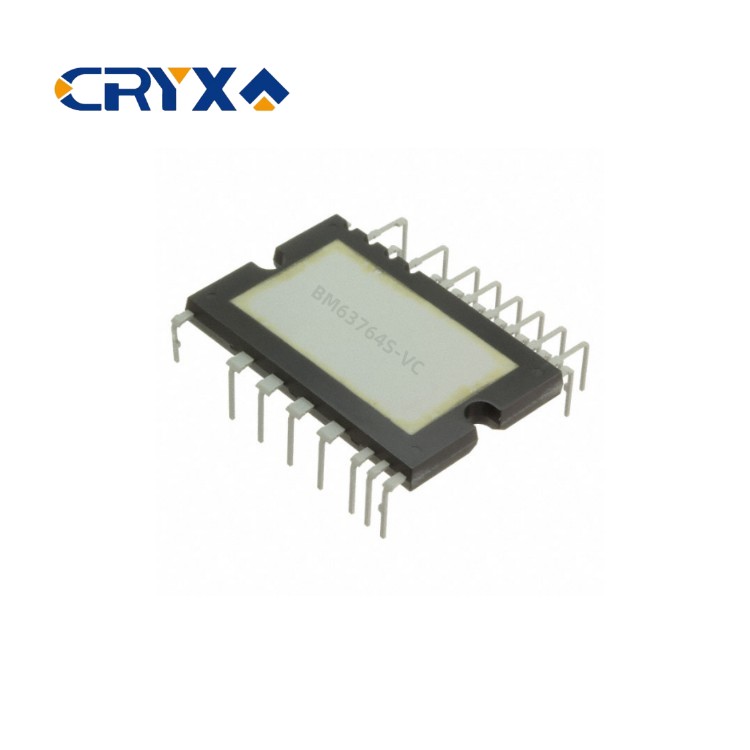Small aircraft such as the Cessna 337 are mainly used as short range aircraft in island and remote areas, equipped with two fuel engines that can perform demanding aerial propulsion and acceleration tasks, as well as lighter tasks such as taxiing, cruising, and landing. But these engines are notorious high fuel consumption "gas tigers".http://www.ic-bom.com/
In the past few years, a research team led by Alan Mantooth, Director of the National Centre for Reliable Electric Power Transmission (NCREPT) at the University of Arkansas, has participated in an ambitious project to design and develop electric motors powered by batteries that can replace fuel engines.
The project was funded by the Advanced Research Projects Agency – Energy (ARPA-E) of the United States Department of Energy "Creating Innovative and Reliable Circuits Using Innovative Topologies and Semiconductor Materials (CIRCUITS)" program.http://www.ic-bom.com/
Mantooth, together with researchers David Huitink, Yue Zhao and Chris Farnell from the University of Arkansas, designed a 250kW motor drive to provide power for the tail motor, which is used for the hybrid aircraft test platform developed by Ampaire Inc., a electric aircraft company located in southern California. The tail electric motor is combined with the fuel engine at the front of the aircraft to propel the aircraft during taxiing, takeoff, cruising, and landing.http://www.ic-bom.com/
Under the leadership of Professor Nenad Miljkovic of Mechanical Science and Engineering, researchers at the University of Illinois focused on thermal management design, while researchers at the University of Arkansas contributed professional knowledge in electrical, mechanical, and control.
SiC semiconductor manufacturer Wolfspeed‘s industry-leading SiC power modules and integrated expertise have made significant contributions to the development of motor drives.
Ampaire guided the academic team to complete environmental testing requirements, which are derived from aerospace hardware standards and are necessary for identifying and verifying the performance and reliability of motor drives during flight testing.http://www.ic-bom.com/
After approximately 18 months of ground testing and validation, this technology was proven, and Ampaire successfully tested this aircraft powered by the research team‘s inverter technology. The test flight was conducted on February 20th at Camarillo Airport near Los Angeles.
Mantooth said, "Through recent improvements, we have successfully optimized the design of the electrical thermal mechanical control system - in other words, all aspects of motor drive have now been synchronously optimized. This has a significant impact on the emerging era of electrification in transportation, whether it is airplanes, trains, automobiles, heavy equipment, ships, or drones. We are very excited about this work
The hybrid aircraft was exhibited at the ARPA-E Energy Innovation Summit held in Denver in 2022, and was inspected by Jennifer Granholm, the US Secretary of Energy. After extensive testing and evaluation, the test flight was conducted before the 2023 ARPA-E Energy Innovation Summit (held in Washington, D.C. from March 22nd to 24th). With the help of the research team, Ampaire will conduct more flight tests and continue to collect data to improve future designs.http://www.ic-bom.com/
Ed Lovelace, Chief Technology Officer and Vice President of Engineering at Ampair, stated, "The strength of the flight test platform supported by ARPA-E provides Ampair with a rapid testing tool for evaluating emerging technologies in relevant environments. Successfully evaluated technologies have the opportunity to become part of Ampair‘s commercial electrified aviation product roadmap and provide stronger capabilities
Isik Kizilyali, Deputy Director of ARPA-E Technology, stated: "The motor drive of the University of Arkansas is the first ARPA-E technology to successfully carry out flight testing on the ARPA-E hybrid electric aircraft test platform, and is also one of the important achievements of the ARPA-E and CIRCUITS programs. In the actual flight environment, the test of revolutionary electric aerospace technology on the aviation platform makes it possible to verify the technology in real world conditions, which will greatly accelerate the adoption of the technology. The motor drive of the University of Arkansas It is the first of many electric aviation technologies funded by ARPA-E, such as circuit breakers, inverters, motors, distribution systems, batteries, fuel cells, and even high-efficiency internal combustion engines, which will be tested during the flight test process. We are committed to solving the electrification problem of airplanes, so that we can move towards a more electrified future







